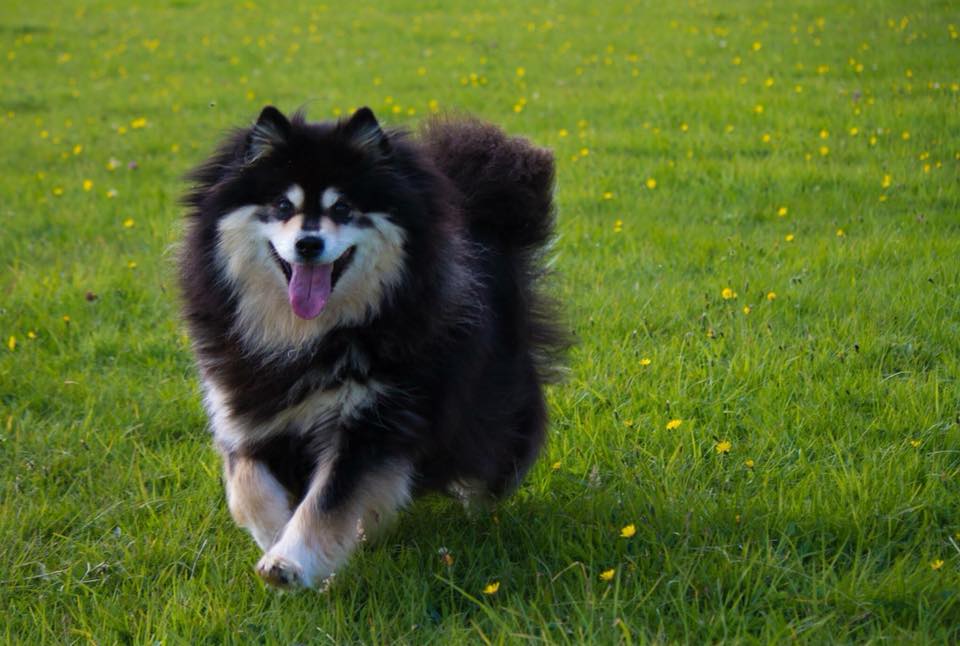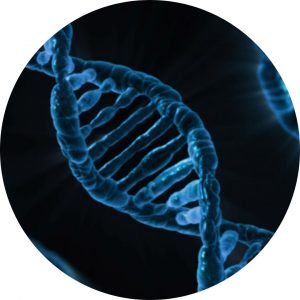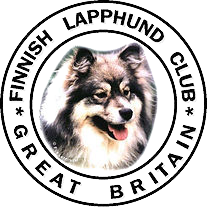Breed Health
The Royal Kennel Club, the British Veterinary Association and breeders who are members of the FLCGB have worked together to ensure that mandatory health tests on Finnish Lapphunds are carried out before breeding.
The Finnish Lapphund is generally healthy breed; if you are thinking of buying a Finnish Lapphund, contact a breeder who is a member of the FLCGB, who should have carried out recommended tests before breeding and made informed decisions on the sire and dam, to increase the likelihood of having healthy pups. We advise that all litters not meeting this requirement to be reported to the club.
We would encourage people to visit the Finnish Lapphund health website for comprehensive health information for owners, breeders and judges.
If you have a health question, would like to report a health problem or send a test result into the club then please contact either Toni Jackson the Breed Health Coordinator or our own FLCGB Breed Health Coordinator Mary Starling.

*If your dog is showing any sign of distress or discomfort or any unusual symptoms, then always go to your vet as soon as possible – there is no substitute for professional advice.*
Health Tests

The mandatory health tests for the breed are:
BVA/KC Hip Dysplasia Scheme – the breed average hip score is 12; currently the Finnish Lapphund is not high risk for hip dysplasia.
Annual Eye testing – ideally carried out annually, but always within 12 months before a mating takes place. This test can only be carried out by BVA appointed eye panellists.
We also strongly advise that breeders also carry out the following DNA tests.
- DNA test – prcd-PRA
- DNA test – GSDII
The results process for these tests places dogs into three categories: Clear, Carrier and Affected.
Affected dogs are not used in breeding programs. We continue to use carriers, by mating them to only ‘clears’ and then testing the puppies. We can also use ‘clear’ to ‘clear’ resulting in hereditary clear puppies.
Other tests:
- BVA/KC Elbow Dysplasia Scheme – Currently 11 dogs have been tested, and 100% have received a ‘0’ grade. We consider these results to mean that as of this moment in time the breed has no concerns with Elbow Dysplasia. At this current time there is no reason to routinely test.
- Degenerative Myelopathy (DM) – We continue to work with Finland and follow their research on DM and await their results. At this current time there is no reason to DNA test.
You can read more about all these tests below.
Hip Dysplasia (HD) is a common inherited orthopaedic problem of dogs and a wide number of other mammals. Abnormal development of the structures that make up the hip joint leads to joint deformity. ‘Dysplasia’ means abnormal growth. The developmental changes appear first and later one or both hip joints may become mechanically defective. At this stage the joint(s) may be painful and cause lameness. In extreme cases the dog may find movement very difficult and may suffer considerably. (Source BVA) You can read more infomation on hip scoring here.
Hip scores should be considered along with other criteria as part of a responsible breeding programme, and it is recommended that breeders choose breeding stock with hip scores around and ideally below the breed median score, depending on the level of HD in the breed. HD status of parents, siblings and progeny for Kennel Club registered dogs should also be considered. As of 2018 the current average score in the breed is 12. HD is not a simple inherited condition, many factors over the dogs life can contribute such as rearing, trauma and exercise.
The genetic disorder, prcd-PRA , causes cells in the retina at the back of the eye to degenerate and die, even though the cells seem to develop normally early in life. The “rod” cells operate in low light levels and are the first to lose normal function. Night blindness results. Then the “cone” cells gradually lose their normal function in full light situations. Most affected dogs will eventually be blind. Typically, the clinical disease is recognised first in early adolescence or early adulthood. Since age at onset of disease varies among breeds, you should read specific information for your dog. Diagnosis of retinal disease can be difficult. Conditions that seem to be prcd-PRA might instead be another disease and might not be inherited. It’s important to remember that not all retinal disease is PRA and not all PRA is the prcd form of PRA. Annual eye exams by a veterinary ophthalmologist will build a history of eye health that will help to diagnose disease.
Unfortunately, at this time there is no treatment or cure for PRA. There are clinics available for those who would like to test their dogs, please contact us for more information.
Hereditary Cataracts are a clouding of the lens of the eye caused by a breakdown of tissue in the eye. This condition generally results in an inability to see clearly and can cause total blindness. Dogs are subject to many forms of cataract, some of which are hereditary. Cataract appears as a whiteness or greyness of the lens, visible through the pupil, making it look cloudy. We have seen occasional instances of Cararacts in the breed, it tends to occur after the dog is one year of age.
Work is currently under way to identify the gene(s) responsible for cataracts in our breed. We will let you know once we know more.
Glycogen storage disease, also known as glycogenosis, is characterized by deficient or defective activity of the enzymes responsible for metabolizing glycogen in the body. It is a rare inherited disorder with various types, all of which lead to the accumulation of glycogen, the main carbohydrate storage material in the body which aids short term energy storage in cells by converting to glucose as the body needs it for metabolic requirements. This abnormal accumulation in the tissues can result in the enlargement and dysfunction of various organs, including the liver, heart, and kidneys.
Pompe’s Disease has been reported in three litters in Finland, GSDII is caused by an enzyme deficiency that leads to abnormal glucose levels in tissues such as cardiac (heart), skeletal and smooth muscle.
There are four types of glycogenoses known to affect dogs, with certain species being more susceptible to some of these than others. We are concerned with Type II, usually found in Lapland dogs, is characterized by vomiting, progressive muscle weakness, and cardiac abnormalities. Death usually occurs before two years of age.
Finland keep a detailed list of all dogs tested worldwide. There are clinics available for those who would like to test their dogs, please contact us for more information.
MDR1 is an inherited condition that makes affected dogs particularly sensitive to drugs like ivermectin (anti-parasitic) and loperamide (opioid to treat diarrhoea). In normal dogs, the blood/brain barrier protects the brain cells from various drugs and toxins. P-glycoprotein is a protein which physically pumps drugs and toxins from the cerebrospinal fluid (a serum-like fluid that circulates through the brain ventricles and spinal cord cavity) back into the blood circulation. The MDR-1 mutation results in an inactive P-glycoprotein which mean that drugs and toxins can accumulate in the cerebrospinal fluid and begin to inhibit brain activity.
Some breeds mainly collies are known to display a sensitivity to Ivermectin and it has been known that a similar reaction is seen in a very small number of Finnish Lapphunds. Many breeders will provide you with a factsheet about this and a note for your vet, it is possible to avoid this family of wormers altogether. You can find out more information on this here.
